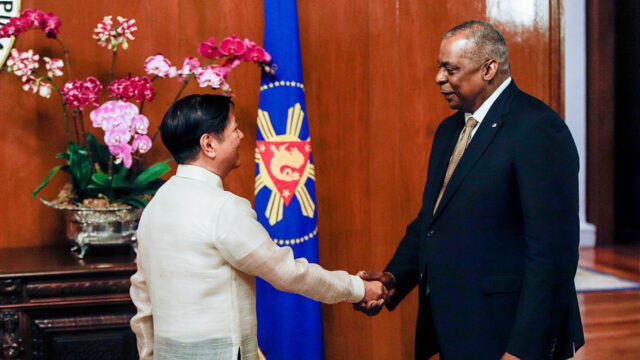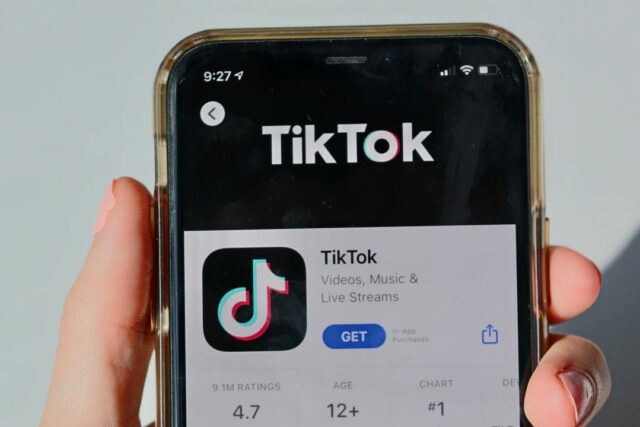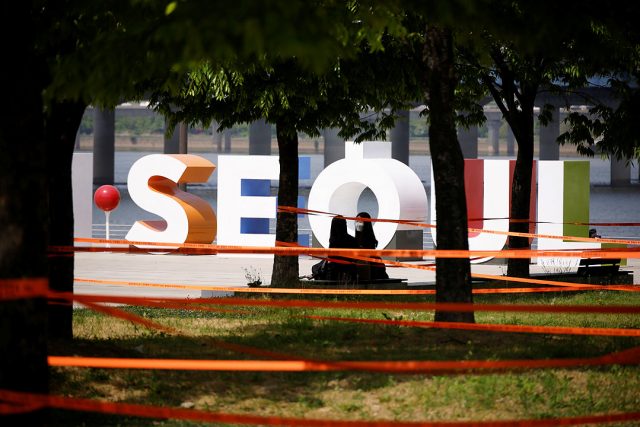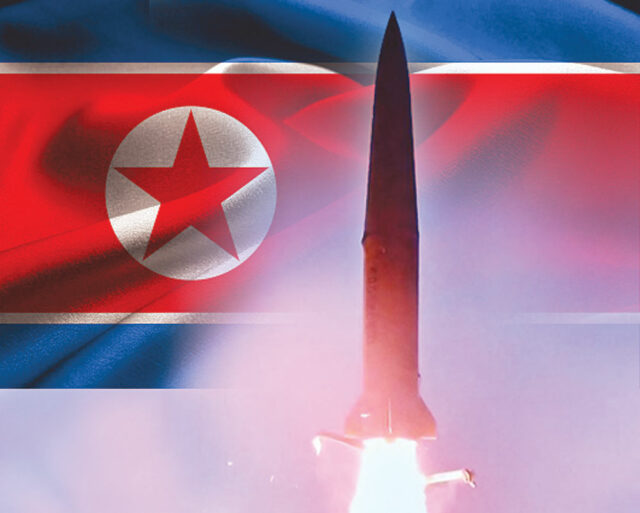Thanks to the global financial crisis of 2007-2009, the world is many times richer in valuable lessons to avoid another crisis. Yes, excessive risk-taking even in a period of relative macroeconomic calm is bad. There is always a time of reckoning. Escalating borrowings beyond notional limits both by banks and investors to finance their own lending and investment activities turned out to be a cardinal sin. As in the US, allowing some financial institutions and activities outside regulatory bounds proved fatal to the whole system. As a result, a whole bunch of regulations and standards was mainstreamed including the Dodd-Frank Wall Street Reform and Consumer Protection Act in the United States. Both the International Monetary Fund (IMF) and Bank for International Settlements (BIS) agreed that the crisis had forced the overhaul of the global financial regulatory architecture.
The key message was achieving greater financial system safety.
Greater safety is understood to simply mean a resilient financial system that is “less leveraged, more liquid and better supervised.” Globally, the implementation of the Basel III capital and liquidity accords and adoption of stress testing were the watershed in promoting what came to be fashionable after the global financial crisis — financial stability. Shadow banking by nonbank entities was flushed out and dealt with. Many jurisdictions established macroprudential authorities. Even bank executive pays did not escape regulatory reach.
For many emerging markets, this shotgun regulatory approach could be overwhelming because many of the factors that birthed the global financial crisis were not even heard of, or the opportunities for excessive leveraging, for instance, were quite limited. Thus, they opted for a proportionate approach to regulation and supervision. This means the technical standards and supervisory assessment were to be applied in proportion to the supervised entity’s systemic importance and the jurisdiction’s global importance.
But across all jurisdictions and financial institutions, the call was to be intensely attentive to risks. It looks like the reforms generally worked.
More than two years ago, the BIS’ Claudio Borio, Marc Farag and Nikola Tarashev in their “Post-Crisis International Financial Regulatory Reform: A Primer,” reviewed these regulatory and supervisory reforms and concluded that one, they have greatly strengthened the financial system by improving their loss-absorbing resources and risk standards; two, the system’s shock-absorbing capacity depends significantly on the internal consistency and synergy of individual standards; and three, there remain “barren patches” requiring authorities’ attention, warranting a conservative regulatory approach.
In the case of the Philippines, financial stability became a buzzword while the global financial crisis was beginning to wind down in 2009.
We remember we would always debate the meaning of financial stability, which is the absence of financial instability. So, for a couple of years, the Bangko Sentral ng Pilipinas (BSP) struggled on how to monitor financial stability because its very definition proved elusive, and appropriate indicators were yet to be established. BSP’s conviction about dealing and promoting financial stability was always a key agenda item in its annual planning conference and at many Monetary Board meetings.
Notwithstanding the absence of explicit legal cover, being only a de facto authority on financial stability, the BSP started the groundwork by defining the parameters of financial stability and the relevant parties to be involved. A whole-of-government approach is required because financial stability cuts across public goals and institutions.
It was two years later, in 2011, when a voluntary inter-agency Financial Stability Coordination Council (FSCC) was formed. This council does not have any decision-making powers but focused only on coordinating macroprudential policies and crisis management practices. In 2017, a financial stability unit was organized within the BSP to start work on macroprudential analysis and prepare policy papers for discussion. Three years later, the Monetary Board established the Financial Stability Policy Committee to decide on macroprudential issues. The Monetary Board continued to decide on monetary policy and financial sector supervision.
This was after the BSP charter was amended by Congress in 2019 giving it explicit authority over financial stability.
In July 2020, the BSP, together with members of the FSCC such as the Department of Finance, Insurance Commission, Securities and Exchange Commission and Philippine Deposit Insurance Corp. issued the Macroprudential Policy Strategy Framework for the Philippines. This contains the views of the country’s financial authorities, the existing institutional arrangements and the possible tools to ensure the health of the financial system.
In June 2022, the council completed and released the Systemic Risk Crisis Management Framework that identifies key actions required to assess, categorize, manage and communicate systemic risks. Crisis preparedness is the focus of this publication.
The secretariat of the council, the “financial stability unit” or Office of Systemic Risk Management of the BSP, also prepared what it called a “perimeter paper” to help clarify the financial stability agenda on its coverage.
How did the IMF assess Philippine efforts to develop the framework and institutional arrangements for macroprudential supervision?
After completing its Financial Sector Assessment Program in early 2022, the Fund issued a technical note on the country’s macroprudential policy framework and tools. While noting that the BSP, together with the other FSCC members have “made significant progress,” it called for greater efforts within the BSP to further enhance the conduct of essential macroprudential risk analysis. It also challenged the council to further improve its coverage beyond risk monitoring. Cautioning against potential inaction bias, the Fund advised the council to seek formal authority so that its recommendations could be considered in their respective agencies on a comply-or-explain modality.
The Fund also advised the BSP to expand its macroprudential tools and form its operational procedures systemically. Data gaps have to be reduced to enhance risk monitoring.
In short, more work had to be done.
While all of these housekeeping concerns were being addressed and some key policy papers were being worked out, the BSP — then the council — had been publishing the Financial Stability Report. This was a difficult task because the working model for ensuring financial stability was still evolving, though attempts were already made to identify systemic risks in the financial system to enable the council to measure and manage such risks.
This long journey in institutionalizing financial stability as an explicit mandate of the BSP has been useful in highlighting potential systemic risks in the financial system. In its 2022 Financial Stability Report issued recently, the council stressed that “the crux of our systemic risk assessment is that the market is going through a storm.” This is quite consistent with the earlier analysis of the international financial institutions particularly the IMF, that “our world economy is like a ship in choppy waters.” The council’s call was to be prepared for more rains, and more rainy days. For IMF head Kristalina Georgieva, a similar challenge is to prevent this highly unstable situation from becoming a dangerous new normal.
It was correct for the 2022 Financial Stability Report to have decided to be consistent with the definition of systemic risks after the joint seminal paper of the Financial Stability Board, IMF and BIS from early 2009. This would afford international comparison, and speaking with one language, understanding and mitigating systemic risks should not be difficult to achieve.
From the perspective of monetary policy, the most interesting aspect of the Financial Stability Report can be found in Chapter 3 which dwells on “financial market risks that will affect the general market.”
Its reassessment of valuation shows that “it does not take an officially called recession to drag financial markets.” Expectations of recession translate into expected lower income streams. Therefore, if inflation remains elevated, and in the Philippines, it is very much so, central banks are more likely to keep interest rates high.
The Financial Stability Report also made the point that while inflation should be decisively addressed and supply side issues do not lend themselves easily to monetary actions, it is possible central banks would end up either too aggressive or too timid. Both could be disruptive.
Finally, with growth constraints on further monetary action, government interventions are needed to sustain the growth momentum. Social expenditures are indispensable because of the unprecedented rise in basic commodity prices. The January 2023 inflation at 8.7% will require greater efforts from fiscal authorities to mitigate the supply side. Herein lies the dilemma. The lower growth forecast for this year is expected to have some dampening effect on public revenues so state borrowings will have to rise. The problem is made worse by the recent proposal to create a Maharlika Investment Fund that would effectively earmark revenues from government-owned or -controlled corporations, government financial institutions and even the dividends from the BSP directly to the fund. Indeed, the Financial Stability Report could not have put it more clearly: “There will be a trade-off between present day requirements and desired future outcomes.” This could be destabilizing.
That is not exactly what it means by financial stability, that is, the absence of financial instability.
Diwa C. Guinigundo is the former deputy governor for the Monetary and Economics Sector, the Bangko Sentral ng Pilipinas (BSP). He served the BSP for 41 years. In 2001-2003, he was alternate executive director at the International Monetary Fund in Washington, DC. He is the senior pastor of the Fullness of Christ International Ministries in Mandaluyong.














